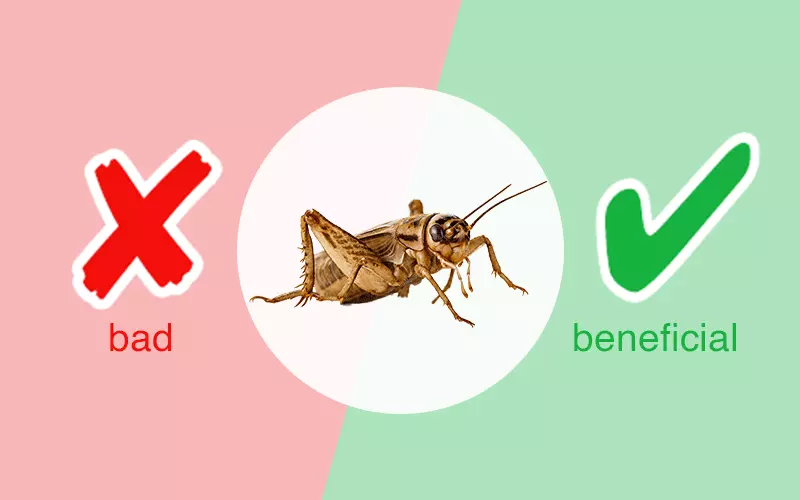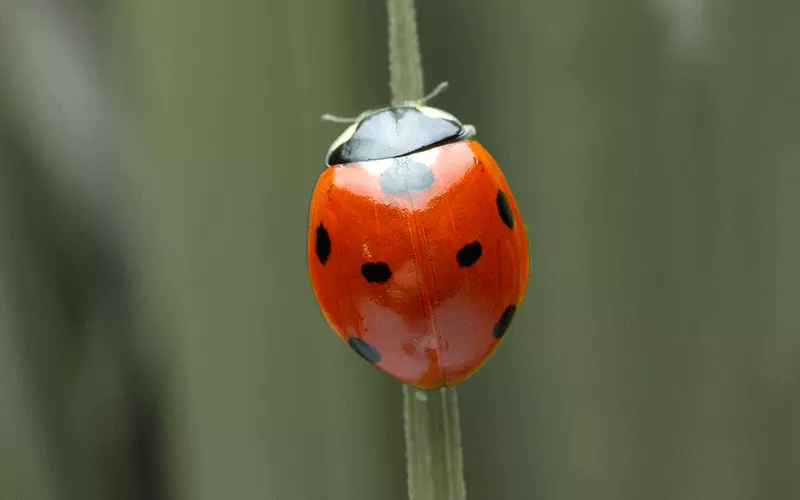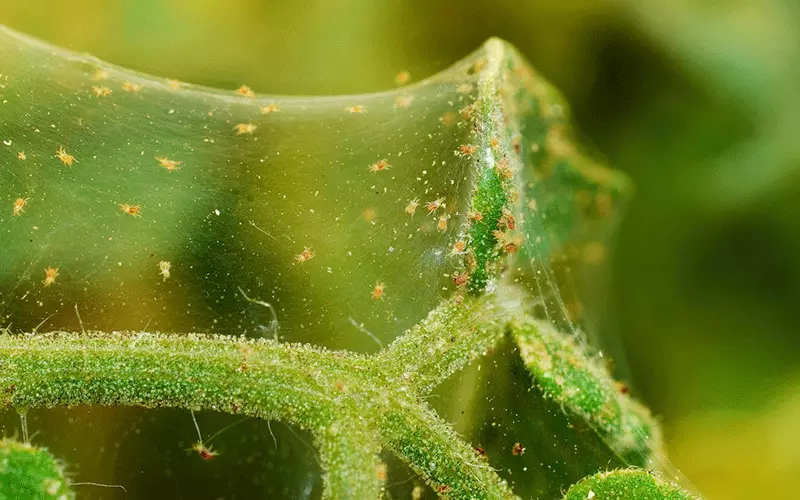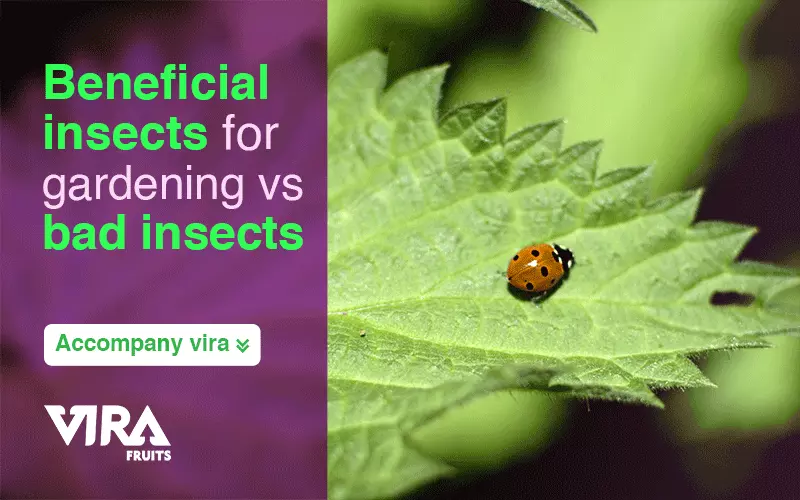One million identified insects are classified as bad and beneficial insects for gardening. Ninety-seven percent of the approximately 1.5 million insect species on earth are beneficial to gardens or just benign. Some insects are destructive, so they should be controlled, but the vast majority are beneficial. Of these insects, less than three percent are harmful to agriculture or crops. Instinctively you decide to destroy insects that are habitant in your garden, but you should realize that by first identifying them, you can take a wise action.
These beneficial insects can consume tens of thousands of pests every single day in a healthy garden – one with a variety of plants and devoid of pesticides. The pest population can be taken care of by beneficial insects like soldier beetles, ladybugs, plastic wasps, lacewings, and many others. Besides aerating the soil and reclaiming dead materials from the earth, beneficial insects are also important for serving as food for wildlife, and in this way, they keep the environment in balance.

How to identify beneficial insects?
Are you aware of what to do when you see an unfamiliar insect in your garden? It is not wise to either ignore or destroy the bug before identifying it. Here are the first three steps you need to take in order to assess whether the bug is beneficial or not.
- Observing
Watching the insect closely is the first step you have to take. If it is possible, you might even have to take pictures. If you witnessed the bug-eating and feeding on the plant, you might have to take care of the pest as soon as possible. Because soon you might see the result as extensive damage. Observe if more than one insect is present as well. When insects congregate on plants, it may indicate that there is a pest infestation. Solving this problem is easier if you verify this fact.
- Researching
Compare the photo or the actual insect you have taken to images of insects on different sites. Also, investigate university entomology departments’ websites for images of beneficial insects for gardening.
- Using control products of high quality
In order to fight with the pests, choose those with high quality which are capable of killing more than 250 kinds of bugs. Pyrethrin, which is produced by chrysanthemum flowers, is the active ingredient in this product and is destroyed by heat and light, leaving no residual effects. Insects that come into contact with the product will die.

Which insects are considered beneficial insects for gardening?
Ladybugs:
Polka-dot bugs can be cute, but they also eat voraciously and are a great insect for your garden. It feeds on soft-bodied insects such as aphids, spider mites, and various types of caterpillars. Marigolds, Queen Anne’s lace, and coriander are plants that attract them.
Predatory Bugs
Unlike ladybugs, these are nasty and ugly but highly beneficial for gardening. Among their diet are various caterpillars and pest insects. Plant dill, goldenrod, or coneflower to attract them.
Hoverflies
Apparently, they are darting bees, but actually, they are not. Actually, aphids, mealybugs, and other pests are eaten by these small insects.

Which insects are considered as harmful bugs for gardening?
Aphids
An insect that causes a lot of damage to gardens is this one. Gardeners have to deal with this pest most often. Gardeners have to deal with this pest most often. Usually green, but also other colors can be seen in this insect, which suckers sap from leaves and stems, which causes yellowing, mottling, browning, and wilting of plants. Honeydew is also excreted on leaves, which encourages fungus to grow.
Spider mites
Despite looking harmless, these tiny bugs cause yellow spots on plant leaves and eat plant sap. Their color varies from orange to yellow to green.
Caterpillars
These creatures consume many leaves and tunnel through fruit to grow into beautiful butterfly. Their droppings sully crops. They are naturally preyed upon by insects and birds.
